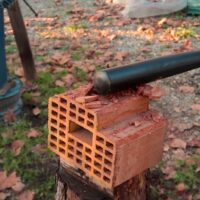It’s always good to take apart old machinery once it has served its purpose after years of use; especially if you can make something completely new from the scrapped parts.

In one of his videos, Neil from Pask Makes demonstrated how you can make your very own block pane from an old lawn mower blade. With a little grinding and a lot of wood shaping, you can create a tool that lets you shave off wood without the fear of cutting your fingers.
Shaping the Metal
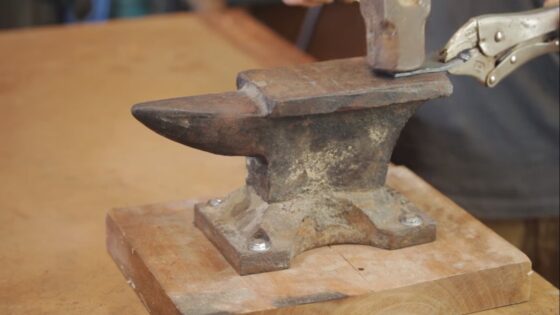
First thing’s first, you have to cut the lawn mower blade down to a workable size using an angle grinder. Cut the blade into a small rectangle – a piece that is large enough to fit comfortably in the palm of your hand.
You might need to anneal out a few dents, depending on the condition of the lawn mower blade. In the case of Neil, he used a makeshift forge to heat the metal to a cherry red color before hammering it flat.
Sharpening the Edge
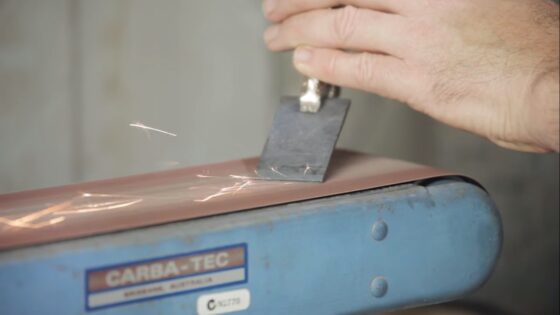
Now that you have a nice, block plane-sized piece of metal, it’s time to heat it and file a bevel onto a single edge. You might want to take the blade to a grinder to better define the bevel there, as well.
Sand both sides of the metal with 120-grit sandpaper before heating the blade once more and quenching it in oil. The piece has to make one more stop in the oven, where it should be tempered at 200° C for an hour.
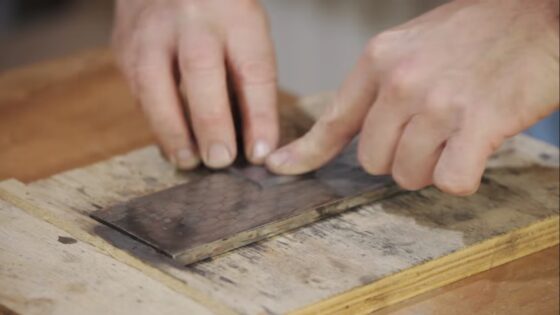
The final step involves sanding the bevel with 1,000-grit sandpaper to give it that sharp edge.
Making the Block Plane
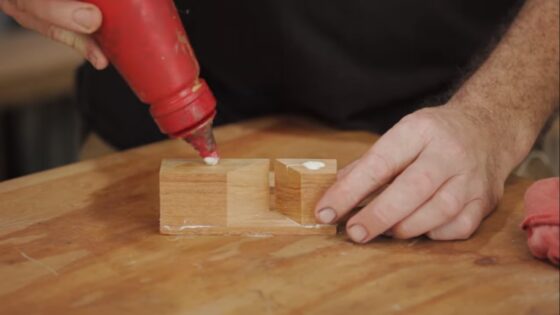
The block plane requires you to cut four wood pieces. They will serve as the two slim “walls”, the main body, and the wedge to help hold the blade in place.
For his block plane, Neil cut two slopes into the main body – one angled at 50° and another at 60°. He glued these two pieces together to the walls using some wood glue, taking special care to leave a small 2-3 mm gap between the angled slopes. This is where the blade will pass through, allowing the block plane to shave off the wood.
Fixing the Blade Hole and Wedge
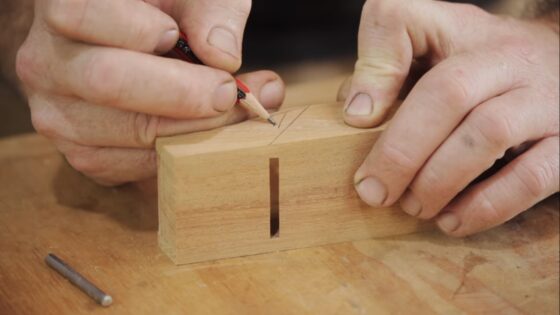
You might need to sand down the sole of the block plane. Once you do, you can take the excess wood you cut off from the main body to craft a wedge that will hold the blade in place.
The wedge and blade will be fixed into the block plane using a metal bar. Depending on the bar’s thickness (the one in the video is 4 mm thick), you’ll need to mark the slope of the blade and the wedge and give sufficient leeway for the bar to fit in.
Putting Everything Together
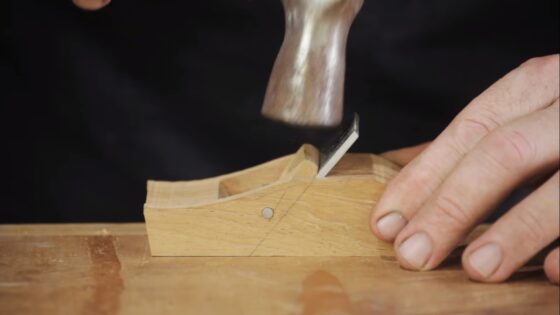
If your measurements are correct and nothing goes wrong, you’ll be able to lightly hammer all 4 parts (the body, the metal bar, the blade, and the wedge) together. If they don’t fit, don’t worry. You can just cut another wooden wedge that will fit the new dimensions.
You should also probably cut the metal down to size so that it doesn’t jut out of the block plane and poke someone’s eye out.
Finishing the Block Plane
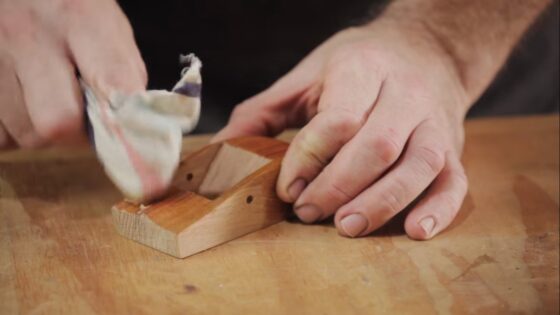
The block plane doesn’t need to have any specific shape; you can just cut it into a form that feels right to hold in your hand.
Provided all the parts fit properly, you can now put the finishing touches on the block plane. Shaping, sanding, applying a wood finish – you can do whatever you feel is appropriate as long as you don’t mess with the fit of the blade, wedge, and bar.
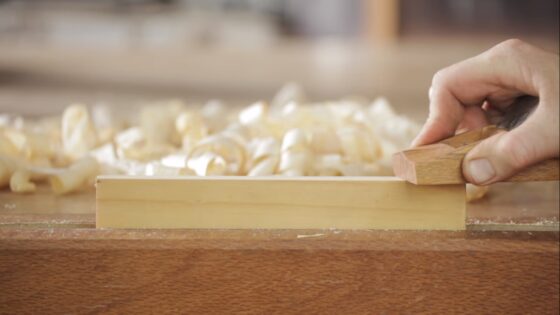
And there you have it – your very own block plane for shaving wood! Given the metal used is from an old lawn mower blade, you might have some trouble shaving harder woods like oak and ash. If you find yourself working with hardwood, you might consider buying a new blade to fit into the block plane instead.



